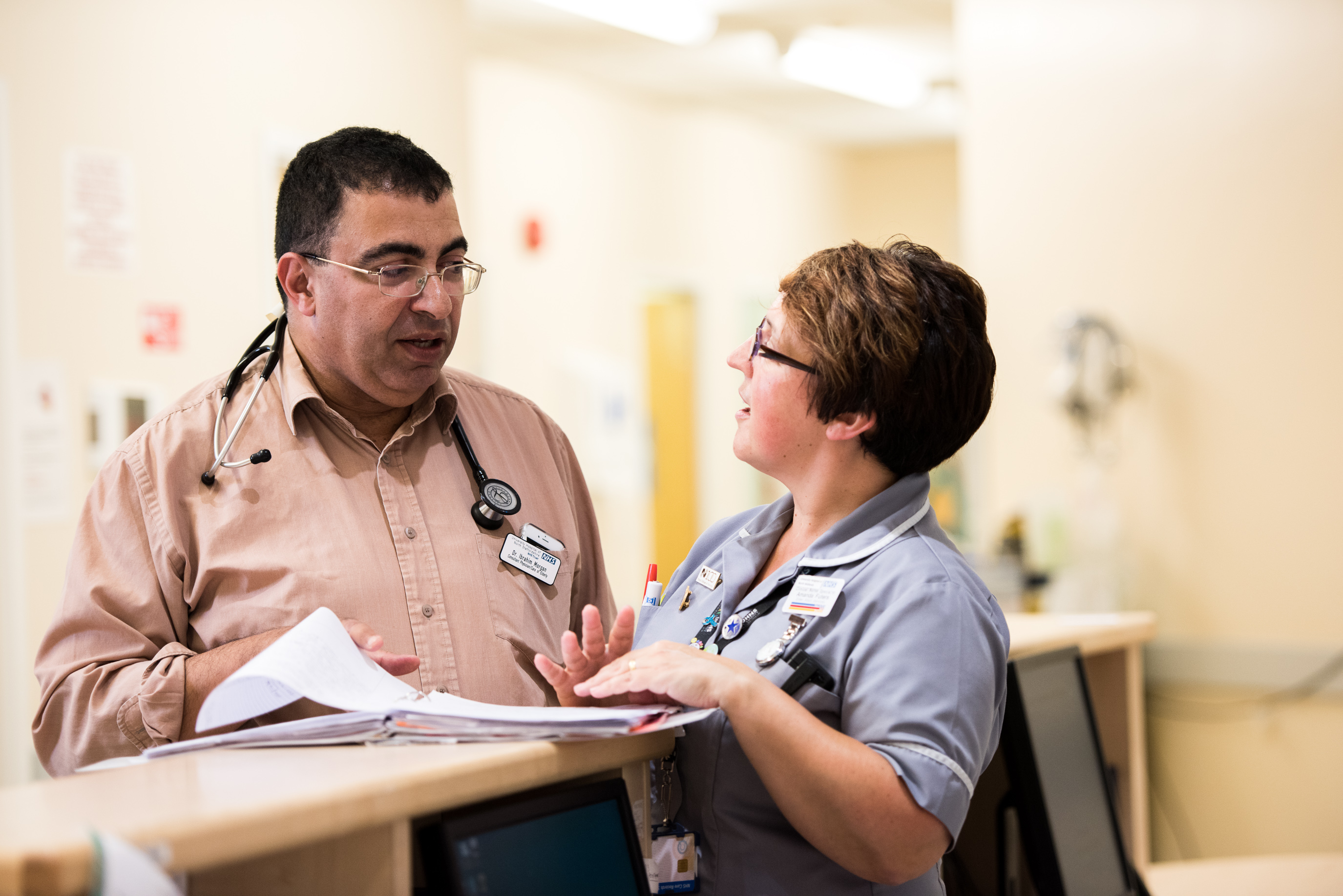This is a crucial, honorary role at the highest level of the BGS. The post holder serves for two years as President-Elect, followed immediately by two further years as President.
Term
The new President-Elect will take office at the BGS Annual General Meeting (AGM) on 15 November 2024.
She or he will serve as President-Elect for two years ending at the AGM in 2026, on which date s/he will succeed automatically to the post of President and serve for two years in that role.
Duties
The precise responsibilities of the President-Elect will be agreed between them and the President, and what follows is an outline of the role. As well as the duties outlined below, the President-Elect will be shadowing the President in preparation for her or his own term as President.
- Member and Deputy Chair of the BGS Trustee Board
- Member of several BGS standing committees
- Attends BGS biannual national conferences, chairing sessions and introducing guest speakers
- Member of the Age and Ageing Executive Committee
- Represents the BGS at meetings of other professional organisations and government/NHS bodies as necessary
- Deputises for the President at BGS meetings as necessary, including supporting the Vice-Presidents and other officers
- Attends and possibly chairs any special working parties that may be set up
- Represents the BGS on the RCP Medical Specialties Board
- Works with the BGS Chief Executive and other staff.
Time involved
- The overall time commitment is roughly half a day per week on average, but varies considerably from week to week, and includes the following regular meetings:
- Trustee Board: four meetings a year, each usually lasting approx. 4.5 hours (with a full day awayday in July) – (currently 3 in person, 1 online)
- Age and Ageing Executive Committee: four conference calls a year, lasting approx. 1.5 hours (online)
- RCP/BGS liaison meetings: two/three per year lasting 2 hours (currently online)
Workload of President
The President-Elect should be aware of the subsequent workload associated with the position of President:
- Raising the profile of the BGS and enhancing its impact and influence; being the national figurehead of BGS
- Advocating for high standards of healthcare for older people, and for the specialist professions delivering high-quality, person-centred care for older people
- Working closely with, supporting, motivating and constructively challenging the Chief Executive, and leading on recruiting his/her successor
- Representing the BGS at meetings of other professional organisations and government/NHS bodies as necessary
- Leading, chairing and developing the Trustee Board in its governance and strategic leadership of the BGS
- Actively promoting the BGS and the benefits of membership to all healthcare professionals working with older people in different care settings across the four nations
- Helping to formulate BGS policy on a wide range of issues, in line with the Strategic Plan agreed by the Trustee Board and the membership
- Making addresses to, and chairing sessions at BGS conferences; chairing the BGS AGM and presiding at BGS Meeting dinners and at other events
- Providing urgent responses to national political issues related to the health and wellbeing of older people
- Acting as a spokesperson for the BGS in media and press interviews and articles
- Signing off reports, position statements and press releases (in conjunction with the Honorary Secretary)
- Charing the BGS/RCP liaison meetings two/three times a year
- Communicating with the BGS membership by contributing a regular column to the two-monthly BGS newsletter, AGEnda, and short introductions to monthly e-bulletins.
The following may arise from time to time for both the President and President-Elect
- Giving lectures/presentations on geriatric medicine and the care of older people in response to invitations from other professional organisations and representing the BGS at their meetings
- Liaising with government departments, senior civil servants, ministers and NHS leaders on issues related to healthcare of older people
- Liaising with other geriatrics societies
- Liaising with the Royal Colleges in the UK
- Liaising with other professional organisations such as the BMA
- Liaising with voluntary sector organisations
- Maintaining regular contact with BGS regions, nations and Special Interest Groups and with professional groups
Time commitment: President
It is difficult to predict, and work pressure ebbs and flows, but over the course of a year the role takes an average of at least one day a week, including responding to correspondence, emails etc., and with online meetings, and occasional visits within the UK and the odd one abroad. It is necessary to be contactable by the Chief Executive and Communications Manager even during the holiday periods in case any urgent issues arise.
The post provides substantial scope to influence the development of the BGS, the specialty and the care of older people.
The post of President-Elect, and in due course the post of President, does require a heavy commitment to the Society and will involve a considerable responsibility on top of clinical commitments. Successful presidents provide leadership for the BGS to achieve more impact, influence and member value; invest in building a mutually supportive relationship with their chief executive; have skills and experience as a good advocate, communicator, and strategist; are well organised, and are able to delegate and collaborate effectively.
Past President
Election process 2024
Self-nominations procedure
How to self-nominate
| The self-nomination and five statements of support must be received by the Office and Business Manager, Mark Stewart, by email (M.Stewart@bgs.org.uk) no later than 9am on Monday 3 June. Late or incomplete nominations will not be accepted. Your self-nomination will be acknowledged by midday the following day. |
